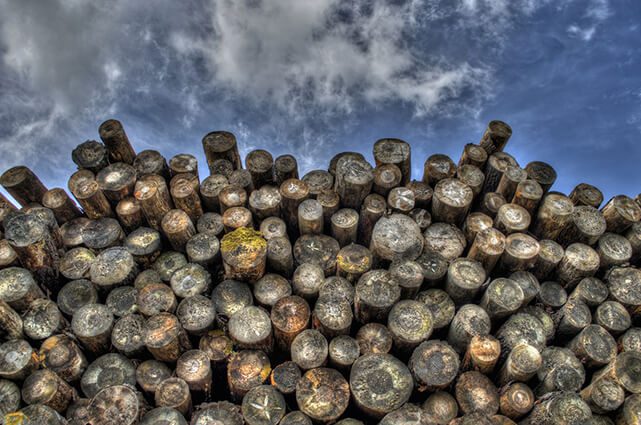Getting the most out of food
A recent roundtable hosted by the Guardian tackled the issue of food sustainability from both the production and consumption perspective. Experts who took part in the discussion came up with a list of 10 things we can do to make our food system more sustainable, including wasting less food, shifting our diets away from meat, shortening the supply chain that links farm to plate, and reducing the losses that can occur just after crop harvest. Some degree of food waste, of course, is inevitable. That’s why the world’s most popular amusement park, Walt Disney World, has installed an anaerobic digestion system within the Magic Kingdom to turn food scraps generated from park visitors into energy for its hotels and facilities.
Solar bonds for all
SolarCity, the largest installer of rooftop solar systems in the United States, has started selling solar bonds to anyone in the country with a bank account who is over the age of 18, reports the New York Times. The bonds must be purchased in minimum increments of $1,000, but buyers can select from between one and seven years maturity – the longer the maturity the higher the annual interest payments, which range from 2 per cent to 4 per cent. SolarCity plans to issue up to $200 million in bonds for interested retail investors. It’s the latest effort – and perhaps biggest to date – to give the general public a chance to invest in solar projects without having to install them on their own homes. Others include Oakland, Calif.-based Solar Mosaic and Toronto-based SolarShare, which sells community bonds backed by Ontario’s feed-in-tariff program.
Cars and grid unite!
We’re getting closer to vision of using electric vehicles as an extension of the power grid. The Electric Power Research Institute (EPRI) held a demonstration this week of new software that allows plug-in vehicles to provide energy storage support for the electricity system. The software, once commercialized, will allow utilities to sign up EV owners as part of mobile demand response programs using a common standards-based interface. At the same time, EV owners will be able to instruct their vehicles to charge up only during off-peak periods when power is cheapest. The potential is huge. As CK reported recently, EV charging stations are now as ubiquitous as our most popular coffee and fast-food chains. The EPRI demonstration is notable because it involves the participation of 16 utilities and eight major automakers.
Why do western workers hurt more?
Our series on Workplace Safety continues today with a piece by Corporate Knights’ editor Tyler Hamilton, who reports on the difference between Canada’s east and west when it comes to measuring workplace loss-time injuries. It’s generally known that workers in the west are more at risk of injuring themselves on the job than those in the east, but nobody seems to know why. Data analysis by CK shows that injury claims have fallen in every Canadian province since 1992, but whereas western provinces have seen declines of less than 10 per cent eastern provinces have seen declines exceeding 50 per cent. Many theories abound, but more research is needed to figure out why.
Cement plant turns CO2 into baking soda
A cement plant in Texas operated by Capitol Aggregates will soon start capturing carbon dioxide from its cement-making process so it can turn the greenhouse gas into industrial chemicals, such as sodium bicarbonate (i.e. baking soda) and hydrochloric acid. The chemicals will be sold into the marketplace, helping to offset the cost of the process with the idea that it could eventually become a profitable venture. The company behind the process is Austin-based Skyonic, which CK mentioned in its “Why Bury the Treasure?” article back in 2012.





